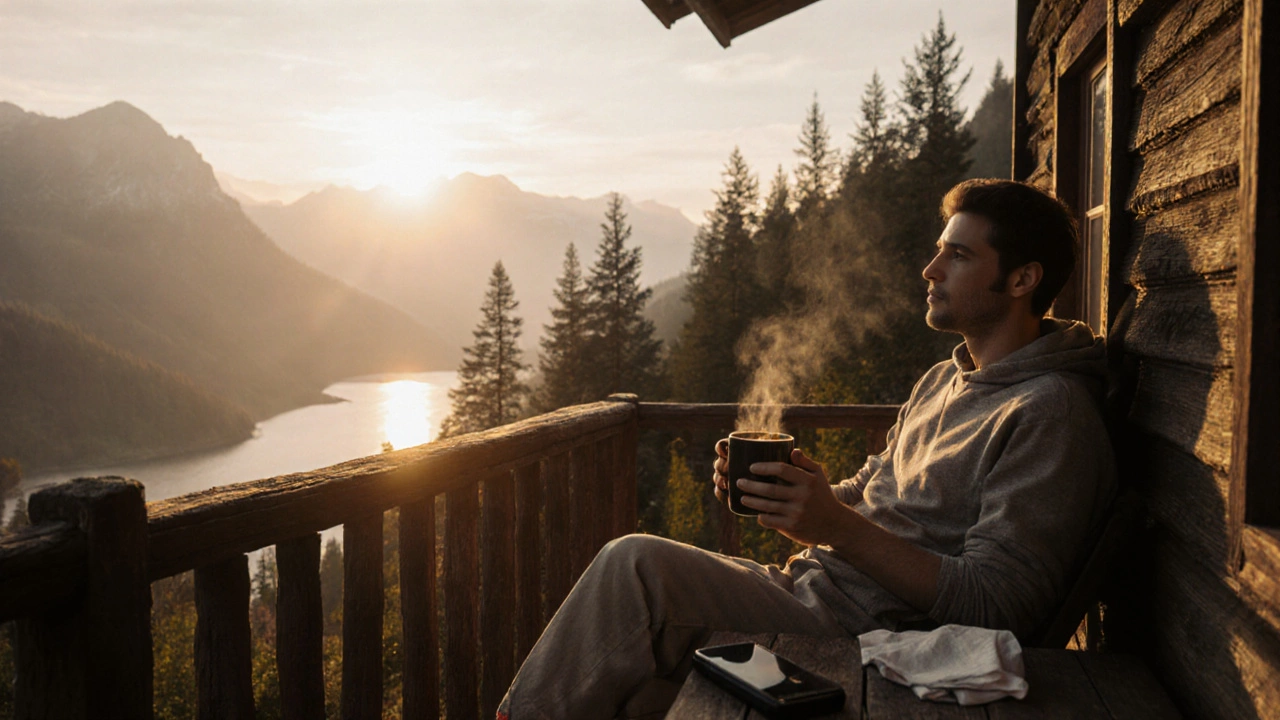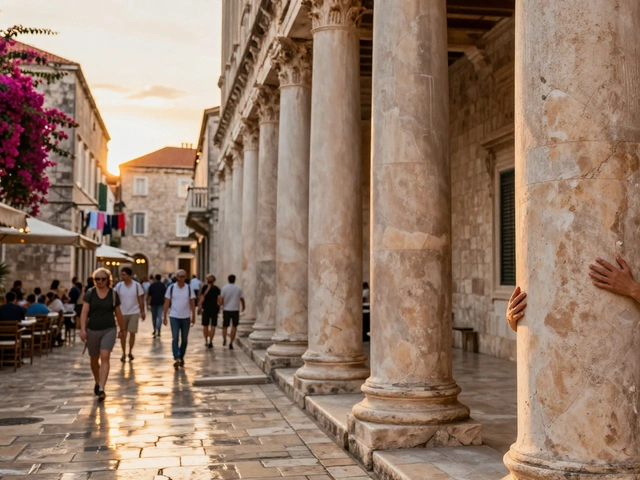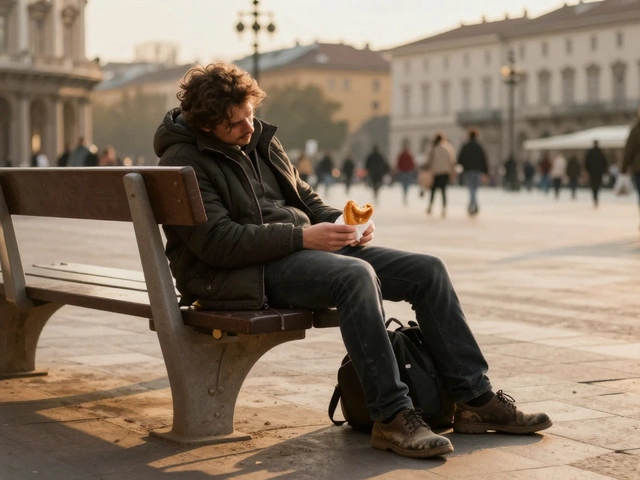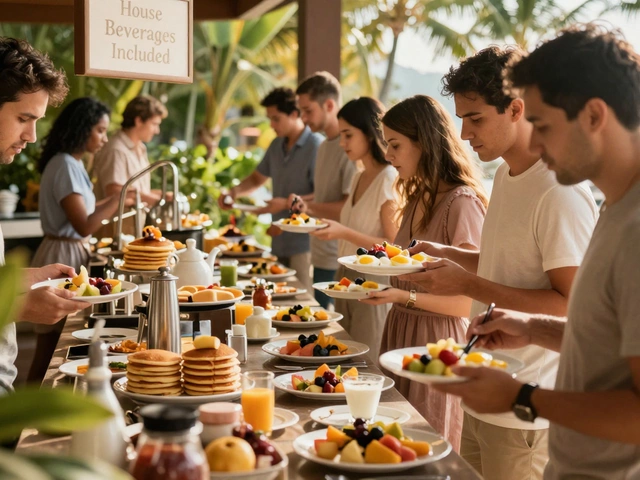Mental Health Trip Planner
Trip Type Selection
Select a trip type to see its mental health benefits and recommended practices.
Trip Analysis Results
Select a trip type and click "Analyze Trip Benefits" to see mental health insights.
Wellbeing Tips
- Mindfulness: Practice staying present through breathing exercises or meditation.
- Digital Detox: Limit screen time during meals and nature walks.
- Physical Activity: Engage in fun movement like walking or yoga.
- Journaling: Write down emotions and experiences to solidify positive memories.
- Sleep: Aim for at least 7 hours per night to maintain mood benefits.
Key Takeaways
- Travel can lower cortisol, boost dopamine and improve mood.
- Nature‑focused trips tend to give the biggest boost to mental health.
- Plan downtime, limit screen use, and practice mindfulness to maximize benefits.
- Beware of travel‑related anxiety, jet lag, and overspending, which can negate gains.
- A simple checklist can turn any vacation into a wellbeing booster.
Most people wonder whether stepping away from daily life actually helps the mind, or if it’s just a feel‑good myth. The short answer: yes, trips can be a powerful tool for improving mental health, but only when they’re designed with wellbeing in mind. Below we break down the science, the types of journeys that matter most, practical tips, and the common traps that turn a hopeful escape into an added source of stress.
When we talk about trips short journeys or vacations that take you away from your routine, often lasting from a weekend to a few weeks, they are more than just a change of scenery. They trigger a cascade of biological and psychological processes that can reset the brain’s stress response.
How trips influence the brain
Research from universities such as Harvard and the University of Queensland shows that travel reduces the stress hormone cortisol by up to 20% after a week away. Lower cortisol means less anxiety, better sleep, and a clearer mind.
At the same time, novel experiences release dopamine, the “reward” neurotransmitter that fuels motivation and pleasure. The more varied the activity-like hiking a new trail or trying a foreign dish-the larger the dopamine spike.
Serotonin, which regulates mood stability, also gets a lift when you spend time in natural light and engage in physical activity. A study of 1,200 European tourists found that those who spent at least three days outdoors reported a 15% increase in self‑reported wellbeing compared to those who stayed mostly indoors.
These chemical changes support neuroplasticity, the brain’s ability to form new connections. In practical terms, a well‑planned trip can make you more resilient to future stressors, helping you bounce back faster.
Trip types that deliver the biggest boost
Not all travel is equal. Below is a quick comparison of the most common trip styles and the mental‑health benefits they typically provide.
| Trip type | Nature exposure | Physical activity | Social connection | Overall benefit |
|---|---|---|---|---|
| Wilderness hike | 9 | 8 | 5 | 8.5 |
| City cultural tour | 4 | 3 | 8 | 6.5 |
| Solo retreat | 7 | 5 | 2 | 6.8 |
| Group adventure | 6 | 7 | 9 | 7.5 |
| Beach vacation | 8 | 4 | 6 | 7.0 |
Nature‑focused trips (hikes, beach stays, wildlife safaris) consistently score the highest because they combine sunlight, fresh air, and movement-three proven mood enhancers.
Group adventures add a strong social component, which is crucial for combating loneliness and depression. Solo retreats, while restorative for introspection, may need intentional social breaks to keep isolation in check.

Practical tips to turn any vacation into a mental‑health boost
- Mindfulness the practice of staying present, often through breathing or short meditations - Spend five minutes each morning noting the sounds, smells, and textures around you.
- Digital detox deliberately limiting screen time and social‑media use - Set a “no‑phone” window during meals and nature walks.
- Schedule physical activity that feels fun, not like a workout. A walk on the beach, a bike ride through a historic district, or a gentle yoga session in a park all count.
- Keep a travel journal. Writing down emotions, challenges, and moments of joy helps process experiences and solidifies positive memories.
- Prioritize sleep. Even if you’re excited, aim for at least seven hours per night; lack of sleep spikes cortisol and erodes the mood benefits you’re seeking.
- Stay hydrated and eat balanced meals. Blood‑sugar dips can mimic anxiety symptoms, making it harder to enjoy the trip.
- Plan one “flex day” with no set agenda. This buffer reduces the pressure to see everything and lets spontaneous, mood‑lifting moments happen.
Potential pitfalls that can harm your wellbeing
Travel isn’t automatically therapeutic. The same factors that make a trip enjoyable can become stressors if unmanaged.
- Travel anxiety nervousness about logistics, safety, or being away from home - Over‑planning every minute can increase this anxiety. Build in uncertainty intentionally.
- Jet lag the disruption of circadian rhythm caused by crossing time zones - It can leave you irritable and tired for several days, wiping out mood gains.
- Financial strain - Racking up debt for a trip can lead to lingering stress after you return.
- Social pressure - Feeling the need to “capture” every moment for social media can turn relaxation into a performance.
Recognizing these red flags early lets you adjust your itinerary before they outweigh the positives.
Checklist: Planning a mental‑health‑friendly itinerary
Use this printable checklist to design a trip that supports your wellbeing from start to finish.
- Define your primary goal: relaxation, adventure, connection, or self‑reflection.
- Choose a destination with at least one natural element (forest, coast, mountain).
- Set a realistic budget; include a “buffer” fund for unexpected expenses.
- Map out a loose schedule: 1‑2 major activities per day, plus free time.
- Schedule a digital‑detox window of at least 2 hours each day.
- Pack a small journal and a simple meditation app (offline).
- Plan a pre‑trip sleep‑adjustment if crossing >3 time zones.
- Identify a local health resource (clinic or pharmacy) in case of sudden anxiety or illness.
- Post‑trip plan: schedule a light‑day back home and a follow‑up activity that extends the positive momentum (e.g., a weekend hike).
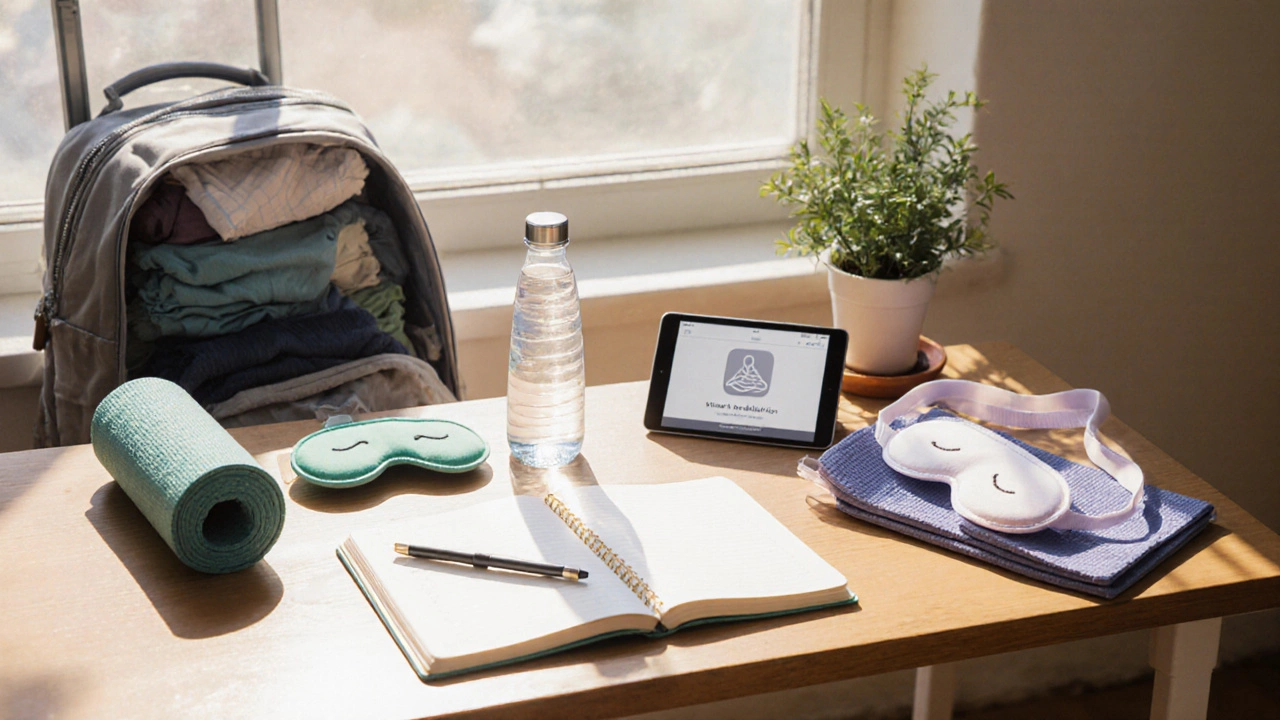
When trips might not be the right cure
If you’re currently in the middle of a severe depressive episode, a trip could feel overwhelming. In such cases, professional therapy or a short “stay‑cation” focused on self‑care may be a safer first step.
Similarly, for individuals with chronic illness or mobility limitations, a highly active adventure could increase physical stress, negating mental benefits. Tailor your travel style to your health profile, and consult a doctor if you’re unsure.
Bottom line
Trips can be a potent booster for mental health when you purposefully incorporate nature, movement, social connection, and downtime. By avoiding common stress triggers and using a wellbeing‑first checklist, you turn a vacation into a lasting resilience habit.
Frequently Asked Questions
Can a short weekend getaway improve my mood?
Yes. Even a 48‑hour break can lower cortisol levels and increase dopamine, especially if you spend time outdoors and limit digital distractions.
Is traveling alone risky for mental health?
Solo travel can foster introspection and confidence, but it may also heighten loneliness. Balance alone time with scheduled social activities, like joining a guided tour or staying in a hostel.
How much nature do I need to see for a mood boost?
Research suggests at least 30 minutes of moderate‑intensity exposure to green or blue spaces daily can produce measurable improvements in mood and sleep quality.
What’s a good digital‑detox strategy while traveling?
Set specific “phone‑free” periods (e.g., during meals, hikes, or sunrise watches). Turn off non‑essential notifications and use an offline travel journal instead of social media.
Should I see a therapist before planning a big trip?
If you have a history of severe anxiety or depression, a brief pre‑trip counseling session can help you set realistic expectations and develop coping strategies for potential stressors.

